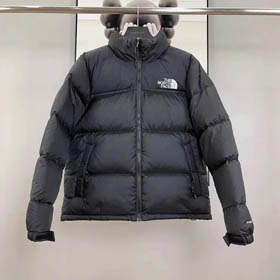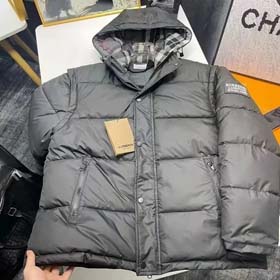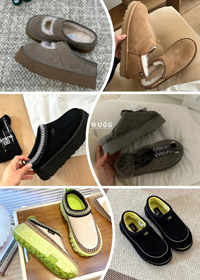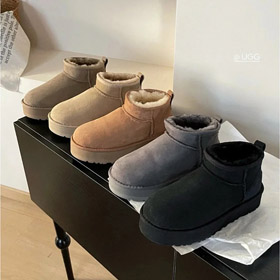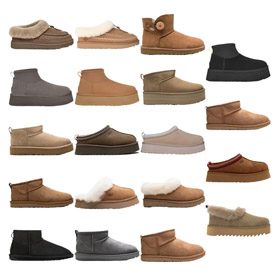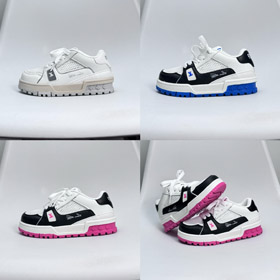GUCCI Flora Milan Art Wall Blooms: Yu Cai Reconstructs Classic Patterns and Performs a Space-Time Dialogue in the 90x90 Project
2025-04-29
Gucci, a luxury brand from Italy, has been leading the global fashion trend with exquisite craftsmanship and avant-garde aesthetics since its establishment in 1921. Its iconic Flora floral pattern has evolved for more than half a century and has once again become the focus of art on the streets of Milan. On the Gucci Art Wall, artist Yu Cai brings a contemporary interpretation to the "90 x 90 Project", transforming the urban space into a flowing art canvas.
1. Classic Rebirth: The Legend of Flora
The Flora pattern was born in 1966 and was designed by artist Vittorio Accornero for Princess Grace Kelly of Monaco, inspired by Sandro Botticelli's painting "Spring". Nine bouquets of seasonal flowers intertwined with insect elements quickly became popular in Europe with silk scarves as carriers. Legendary figures such as Sophia Loren and Audrey Hepburn are all fans of it. In 2005, former creative director Frida Giannini revived this classic, incorporating it into ready-to-wear, handbags and perfume series, giving Flora a more modern vitality. For example, the Flora Flower Dance Women's Perfume launched in 2009, with rose and osmanthus as the core, reproduces the agility of the pattern through the fragrance level.
2. Art intervention: public narrative of Gucci Art Wall
As the core carrier of the brand's global art plan, Gucci Art Wall has left its footprints in cities such as London, New York, and Shanghai. In the latest presentation in Milan, Yu Cai reconstructed Flora with vaporwave aesthetics, combining digital painting with traditional printing, and giving the century-old pattern a sense of the future through high-saturation colors and geometric deconstruction. This collision of "classic + technology" continues the brand's consistent cross-border genes - from cooperating with Japanese cartoonist Hirohiko Araki on the "JOJO's Bizarre Adventure" theme window to inviting street artist Millo to create a 46-meter giant graffiti, Gucci has always regarded urban space as an artistic experimental field.
3. Contemporary Dialogue: The Deep Metaphor of the 90 x 90 Project
The "90 x 90 Project" takes the 50th anniversary of the brand's iconic double G Logo as an opportunity to explore the multi-dimensional expression of classic symbols. Yu Cai's work is not only a visual innovation, but also realizes digital ownership through NFT, echoing Gucci's layout in the field of Web3. This redefinition of "eternity" is in line with the sustainable series Gucci Off The Grid launched by the brand in recent years - the series uses recycled nylon and bio-based materials, integrates environmental protection concepts into design, and practices "circular aesthetics".
4. Cultural resonance: ecological construction of artistic cooperation
Gucci's artistic territory is far more than the streets. The "Gucci Ancora" offline space launched in 2024, with Italian aesthetics as the core, integrates contemporary art and music, and triggers cultural resonance in four cities in China. The brand also cooperates with institutions such as the Brera Academy of Fine Arts in Milan through the "Gucci Prospettive" art book to tap the creativity of young artists. This crossover from business to culture has elevated it from a pure luxury brand to a "cultural producer".
On the streets of Milan, the blooming of Flora is not only a reproduction of a pattern, but also a contemporary footnote to Gucci's philosophy of "symbiosis of tradition and innovation". Just as the brand paid tribute to the classics with a double G carpet in the 2025 autumn and winter show, and subverted tradition with fluorescent colors, Gucci has always been looking for a balance between deconstruction and reconstruction. As an important window for brand cultural communication, https://cnfans.vin/ continues to record this never-ending aesthetic experiment.
1. Classic Rebirth: The Legend of Flora
The Flora pattern was born in 1966 and was designed by artist Vittorio Accornero for Princess Grace Kelly of Monaco, inspired by Sandro Botticelli's painting "Spring". Nine bouquets of seasonal flowers intertwined with insect elements quickly became popular in Europe with silk scarves as carriers. Legendary figures such as Sophia Loren and Audrey Hepburn are all fans of it. In 2005, former creative director Frida Giannini revived this classic, incorporating it into ready-to-wear, handbags and perfume series, giving Flora a more modern vitality. For example, the Flora Flower Dance Women's Perfume launched in 2009, with rose and osmanthus as the core, reproduces the agility of the pattern through the fragrance level.
2. Art intervention: public narrative of Gucci Art Wall
As the core carrier of the brand's global art plan, Gucci Art Wall has left its footprints in cities such as London, New York, and Shanghai. In the latest presentation in Milan, Yu Cai reconstructed Flora with vaporwave aesthetics, combining digital painting with traditional printing, and giving the century-old pattern a sense of the future through high-saturation colors and geometric deconstruction. This collision of "classic + technology" continues the brand's consistent cross-border genes - from cooperating with Japanese cartoonist Hirohiko Araki on the "JOJO's Bizarre Adventure" theme window to inviting street artist Millo to create a 46-meter giant graffiti, Gucci has always regarded urban space as an artistic experimental field.
3. Contemporary Dialogue: The Deep Metaphor of the 90 x 90 Project
The "90 x 90 Project" takes the 50th anniversary of the brand's iconic double G Logo as an opportunity to explore the multi-dimensional expression of classic symbols. Yu Cai's work is not only a visual innovation, but also realizes digital ownership through NFT, echoing Gucci's layout in the field of Web3. This redefinition of "eternity" is in line with the sustainable series Gucci Off The Grid launched by the brand in recent years - the series uses recycled nylon and bio-based materials, integrates environmental protection concepts into design, and practices "circular aesthetics".
4. Cultural resonance: ecological construction of artistic cooperation
Gucci's artistic territory is far more than the streets. The "Gucci Ancora" offline space launched in 2024, with Italian aesthetics as the core, integrates contemporary art and music, and triggers cultural resonance in four cities in China. The brand also cooperates with institutions such as the Brera Academy of Fine Arts in Milan through the "Gucci Prospettive" art book to tap the creativity of young artists. This crossover from business to culture has elevated it from a pure luxury brand to a "cultural producer".
On the streets of Milan, the blooming of Flora is not only a reproduction of a pattern, but also a contemporary footnote to Gucci's philosophy of "symbiosis of tradition and innovation". Just as the brand paid tribute to the classics with a double G carpet in the 2025 autumn and winter show, and subverted tradition with fluorescent colors, Gucci has always been looking for a balance between deconstruction and reconstruction. As an important window for brand cultural communication, https://cnfans.vin/ continues to record this never-ending aesthetic experiment.
